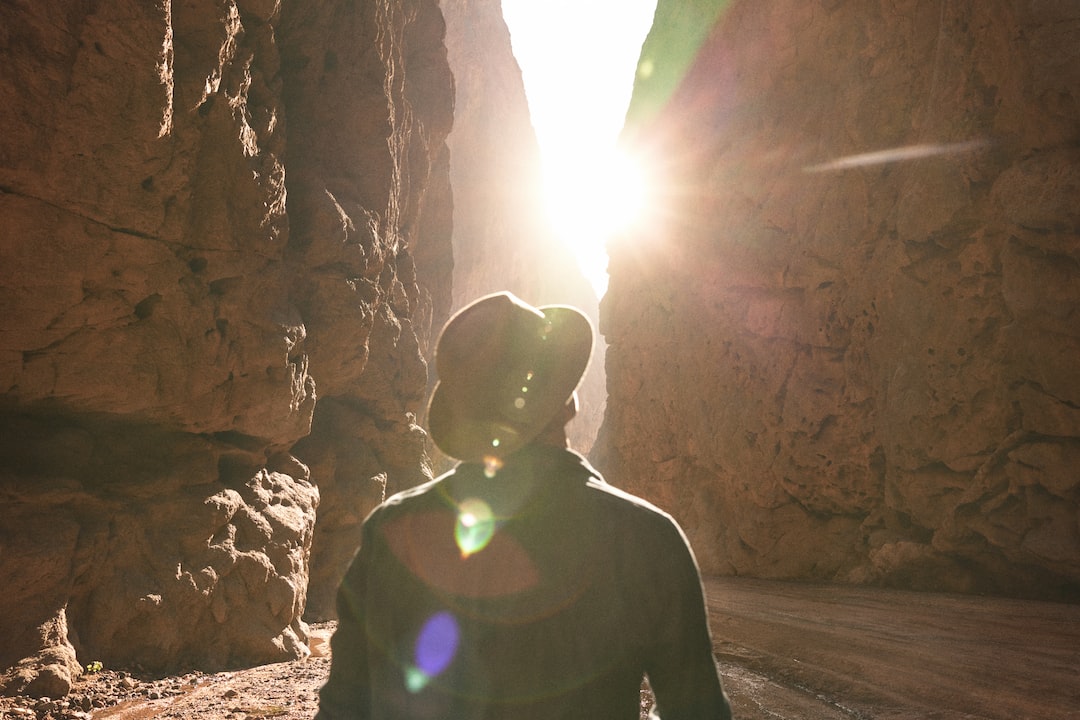The Early Years
The Heide Museum, located in Melbourne, Australia, has a rich history that dates back to the early 20th century. The museum is situated on the site of the former home of John and Sunday Reed, who played a significant role in the development of Australian modern art.
The Reed’s Influence
John and Sunday Reed, both passionate art lovers and patrons, established a haven for artists at Heide. They provided support and encouragement to many prominent Australian artists, including Sidney Nolan, Albert Tucker, and Joy Hester.
Heide quickly became a gathering place for artists, poets, and intellectuals who shared a common vision of creating a distinct Australian identity through art. The Reeds’ open-mindedness and unconventional thinking attracted creative individuals from all walks of life.
The Birth of the Museum
After John and Sunday Reed’s passing, their farmhouse and surrounding land were bequeathed to the state of Victoria. In 1981, the Heide Museum of Modern Art was officially established, opening its doors to the public for the first time.
The museum’s mission was to preserve and promote Australian modern art, as well as honor the legacy of the Reed’s contributions to the art community.
Throughout the years, the Heide Museum underwent several expansions and renovations to accommodate its growing collection and visitor numbers. Today, it stands as a significant cultural institution, showcasing a wide range of Australian contemporary and modern artworks.
A Hub for Australian Artists
The Heide Museum continues to play a pivotal role in the Australian art scene, regularly hosting exhibitions and events that celebrate and explore the diverse artistic expressions of the nation’s artists.
Visitors to the museum can explore the various galleries, which feature a mix of permanent and temporary exhibitions. The collection includes paintings, sculptures, photography, and installations, all representing the evolution and diversity of Australian art.

Engagement with the Community
Besides its role as an exhibition space, the Heide Museum also engages with the local community through educational programs, workshops, and other initiatives. These programs aim to inspire creativity and foster a deeper understanding and appreciation of art among people of all ages and backgrounds.
The museum’s picturesque gardens, designed by landscape architect Raymond Godfrey, are also a major draw for visitors. The gardens provide a tranquil setting for art appreciation and offer a respite from the urban environment.
The Heide Museum’s history is intertwined with the vibrant and dynamic story of Australian modern art. From its humble beginnings as a private home to its current status as a thriving cultural institution, the museum continues to showcase the enduring legacy of John and Sunday Reed’s vision and the remarkable artistic talent that has emerged from Australia.
Whether you are a seasoned art enthusiast or simply curious about Australian culture, a visit to the Heide Museum is an enriching experience that offers a glimpse into the nation’s artistic heritage.



